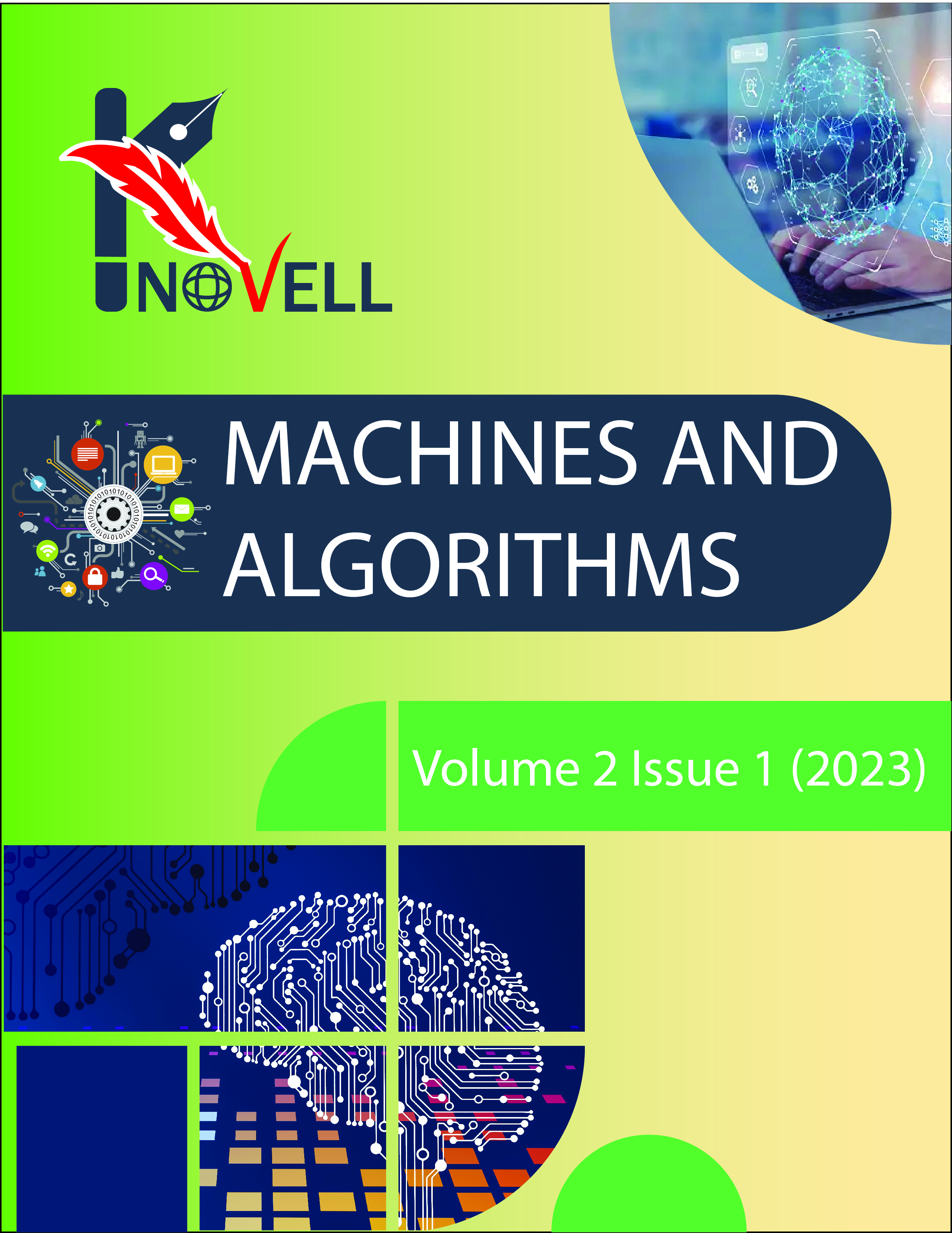Computer Aided Diagnosis System for Breast Cancer Detection
Keywords:
Medical Imaging; Breast Cancer Detection; AI in Healthcare; Deep Learning in Medical Imaging; Computer-Aided Diagnosis;Abstract
Recent developments in medical imaging have substantially enhanced the capacity to identify early-stage breast cancer. Medical practitioners frequently employ radiographic and microscopic imaging methods to detect a wide range of breast disorders. Accurately classifying these anomalies is challenging because of the similarities in appearance between benign and malignant breast cancers as well as the imprecision of imaging data. The integration of AI into healthcare applications has stoked the fires of research into intelligent computer-aided detection and diagnostic systems. The combination of computer vision (CV) and image processing allows these systems to identify breast cancer effectively. Despite the abundance of literature on the subject, most of it has focused on treating breast mammography as a binary test for benign or malignant abnormalities. Machine learning-based techniques have restricted accuracy due to their insufficient feature extraction capabilities, despite extensive exploration. However, because of their capacity to extract hundreds of characteristics, deep learning-based methods have demonstrated better performance in several experiments. A prevalent method in these examinations has been transfer learning utilizing pre-trained deep models. In order to semantically detect breast abnormalities in ultrasound pictures, our research presents a new deep architecture. Our suggested model demonstrated outstanding efficiency when compared to three top-tier deep semantic segmentation architectures: UNet, UNet++, and SegNet. We tested our model's generalizability using UDIAT, another publicly accessible BUS imaging dataset, in addition to training it on 546 pictures from a publicly available breast ultrasound imaging dataset. Our model's remarkable performance in semantic breast lesion identification was highlighted by its Jaccard scores of 0.77 on Dataset 1 and 0.748 on Dataset 2.



